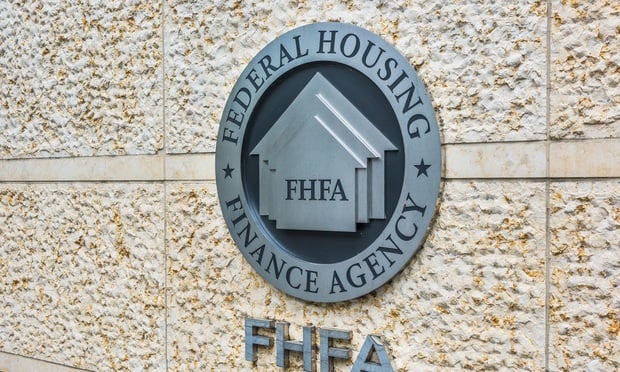© 2025 ALM Global, LLC, All Rights Reserved. Request academic re-use from www.copyright.com. All other uses, submit a request to [email protected]. For more information visit Asset & Logo Licensing.
Trending Stories
Events
- GlobeSt. Multifamily Spring 2025 April 01, 2025 - New YorkJoin the industry's top owners, investors, developers, brokers & financiers at THE MULTIFAMILY EVENT OF THE YEAR!More Information
- GlobeSt. Net Lease Spring 2025 April 01, 2025 - New YorkThis conference brings together the industry's most influential & knowledgeable real estate executives from the net lease sector.More Information
- Real EstateGlobeSt. ELITE Women of Influence (WOI) 2025July 21, 2025 - DenverGlobeSt. Women of Influence Conference celebrates the women who drive the commercial real estate industry forward.More Information
Recommended Stories
Extell Purchases Trio of Lenox Hill Properties Ahead of Residential Development
By Anthony Russo | March 14, 2025
It paid for a total of $103.3 million for the properties,
FHFA Director Pulte Say GSE Privatization Not Immediate Priority
By Erika Morphy | March 14, 2025
Instead, he’ll focus on rooting out fraud and ensuring efficient operations.
Major California Cities Moving to Allow Single Stairwell Multifamily Developments
By Jack Rogers | March 14, 2025
Los Angeles eyes code change facilitating apartments with family-sized units.
Resource Center

Guide
Sponsored by Placer.ai
The Return to Office: Recovery Still Underway
Are you noticing unexpected shifts in office occupancy and commuter behavior? This report reveals how evolving work patterns are challenging CRE brokers and offers crucial, data-backed insights for 2025. Discover a detailed analysis of office visit fluctuations, an in-depth look at midweek work trends, accurate forecasts for market recovery, real-world examples to inform strategic decisions, and actionable metrics to guide client advising. Download your copy today!

Case Study
Sponsored by Flume Internet
Case Study: How a Luxury Multifamily Property Increased NOI with Building-Wide Internet
A Los Angeles luxury development increased NOI by integrating building-wide fiber internet. Learn how property owners and managers enhanced tenant satisfaction, reduced costs, and streamlined connectivity. Download this case study to see how smart infrastructure upgrades can boost revenue and improve operational efficiency.

Report
Sponsored by Building Engines
The State of Commercial Property Management Technology in 2025
Commercial property teams are navigating changing times where technology plays a crucial role in operations, tenant satisfaction, and sustainability. This report, based on insights from 370 industry professionals, reveals the biggest priorities, challenges, and opportunities for CRE technology adoption in 2025. Don’t miss it.





